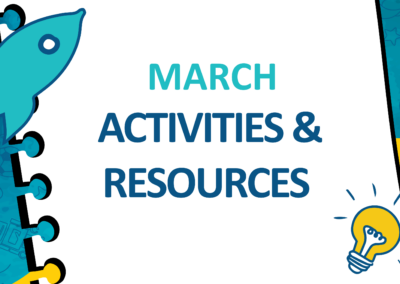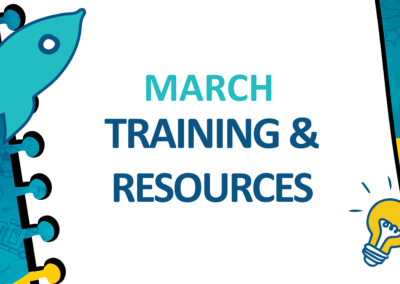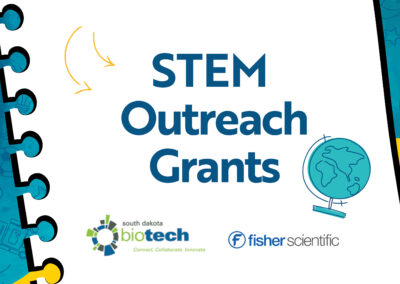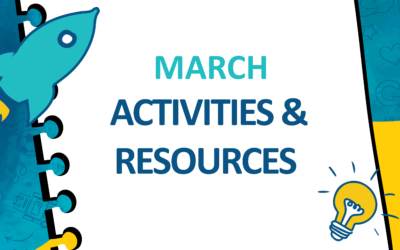Engineering Mindsets
National Aviation Day
- Try Engineering Lesson Plan: Take Flight! – This lesson for ages 8-12 explores how flight is possible and how engineers have improved glider designs and materials to improve flight accuracy and distance.
- NASA’s Aerospace-related STEM Resources for K-12 – A collection of aerospace resources including lesson plans and more.
- AeroEducate – AeroEducate is a Teacher’s Toolbox for aviation and STEM activities. Enhance your existing K-12 curriculum with free, standards-compliant, grab-and-go activities.
Families
- Toolkit: Engaging Families in Mathematics Education BOOSTER PACKS– Families are a child’s first educator and this role does not halt on day one of school. Families lay the foundation for future educational success. Researchers have identified four best practices for engaging families effectively in mathematics education.
- Website: PBS Kids Free PD Experience on Connecting with Families – In this professional development experience, participants look at effective strategies for using technology to enhance communication with families.
STEM Transitions, Handoffs, and Coordination
- Toolkit: Brokering Youth Pathways: A Toolkit for Connecting Youth to Future Opportunity from the Hive Research Network – This toolkit shares ways in which various out-of-school educators and professionals have approached the challenge of brokering. We provide a framework, practice briefs and reports that focus on a particular issue or challenge and provide concrete examples, as well as illustrate how our partners worked through designing new brokering routines in partnership with our research team.
- New “Access to STEM” framework– Unveiled at the Girls Build Solutions event, access to the revised STEM Framework can be found here.
- Website: The STEM Innovation for Including Early Education Center – Provides evidence-based resources and strategies for practitioners and families to engage children with disabilities in STEM learning.
- Website: Career Girls – Toolkits, including lesson plans featuring diverse women role models for educators, mentors, and families to learn about youth’s interests and to engage youth in empowering STEM-learning activities.










